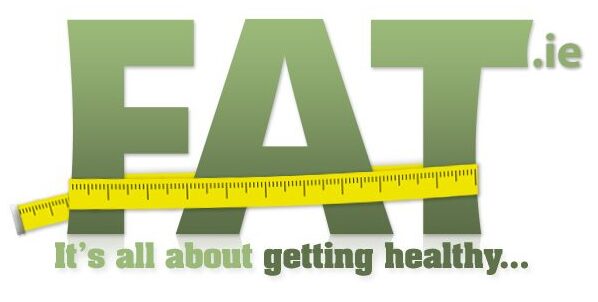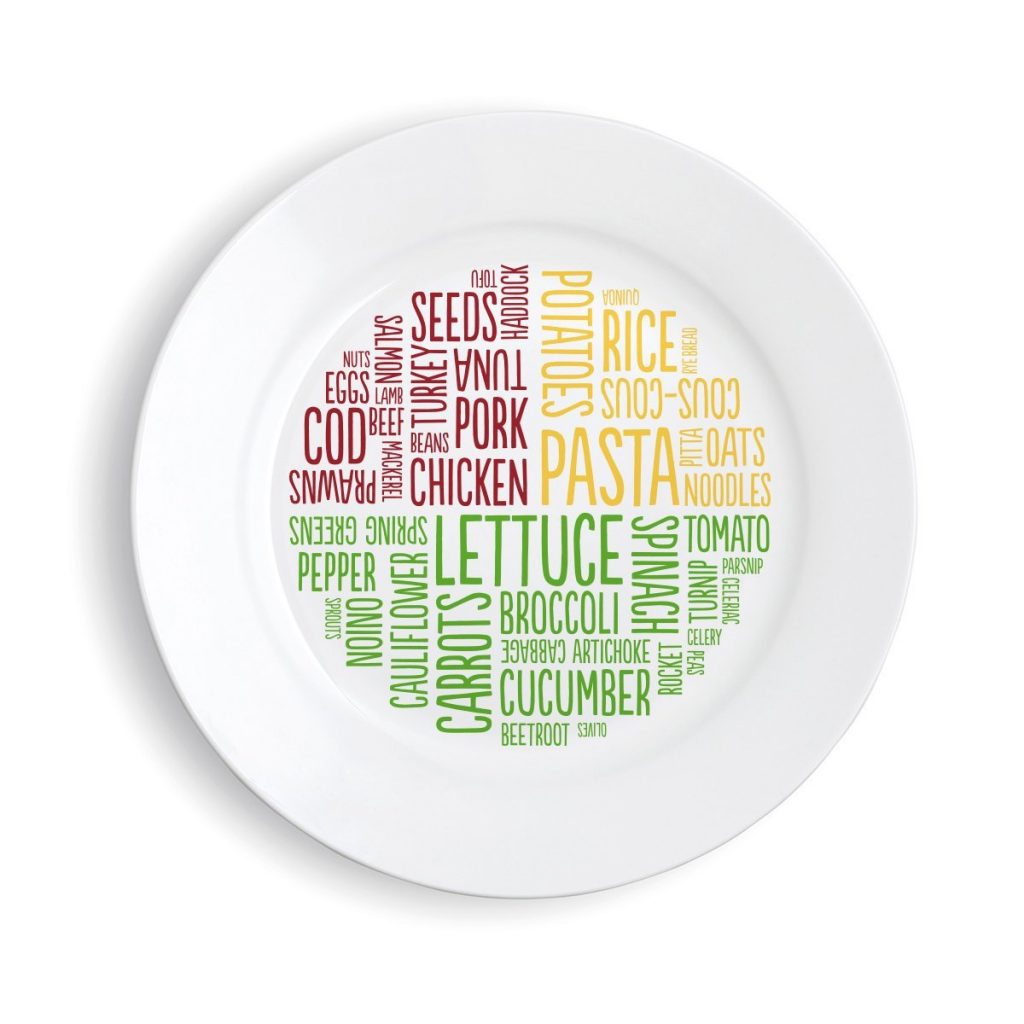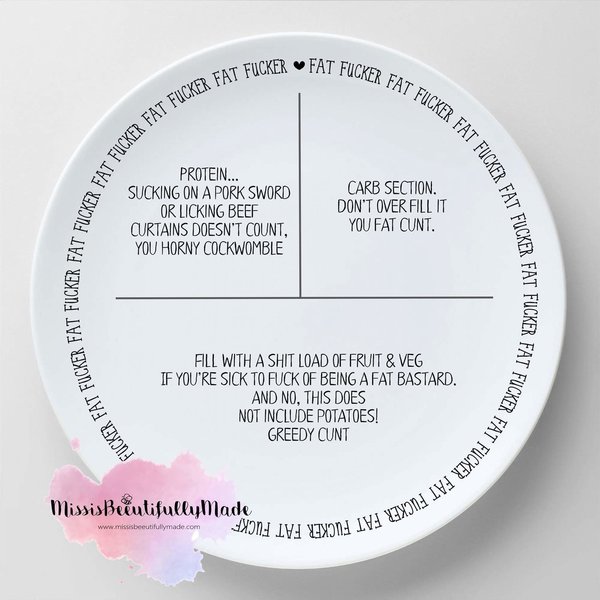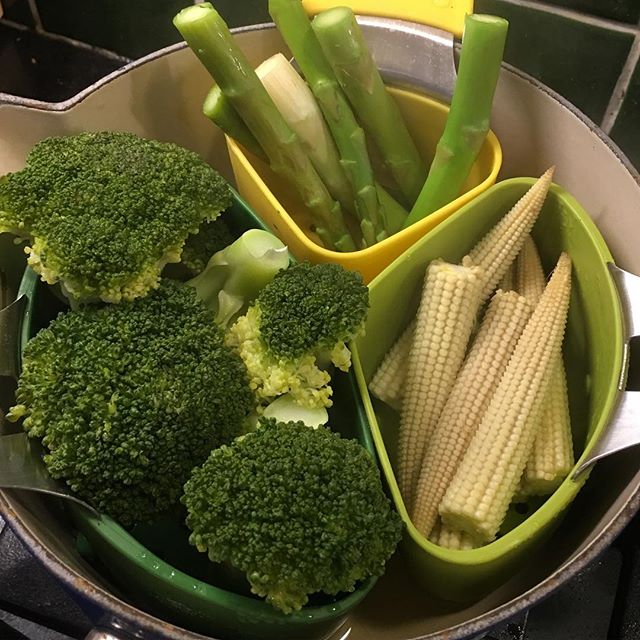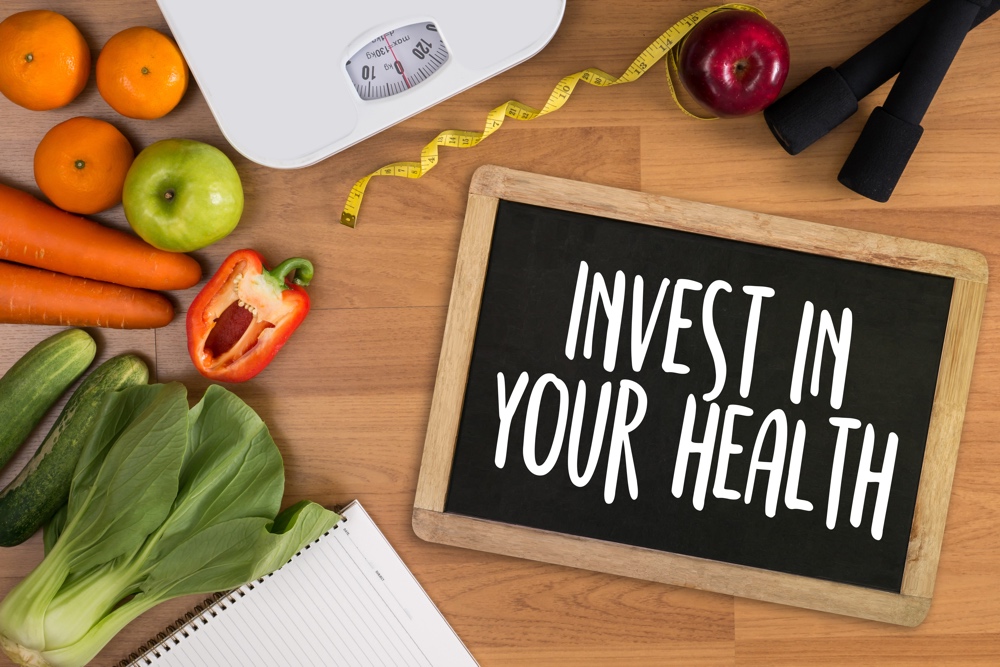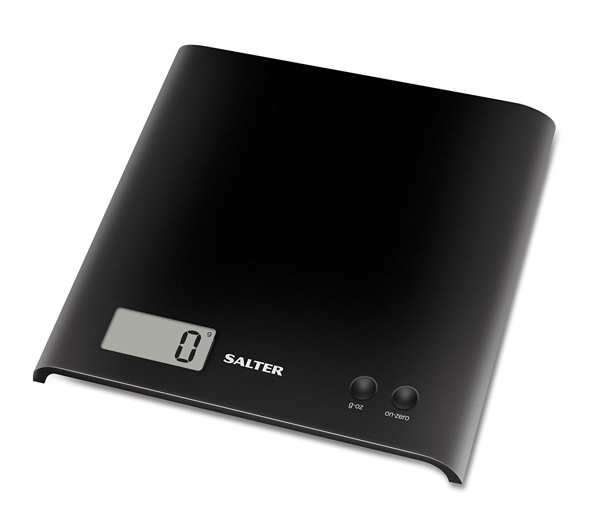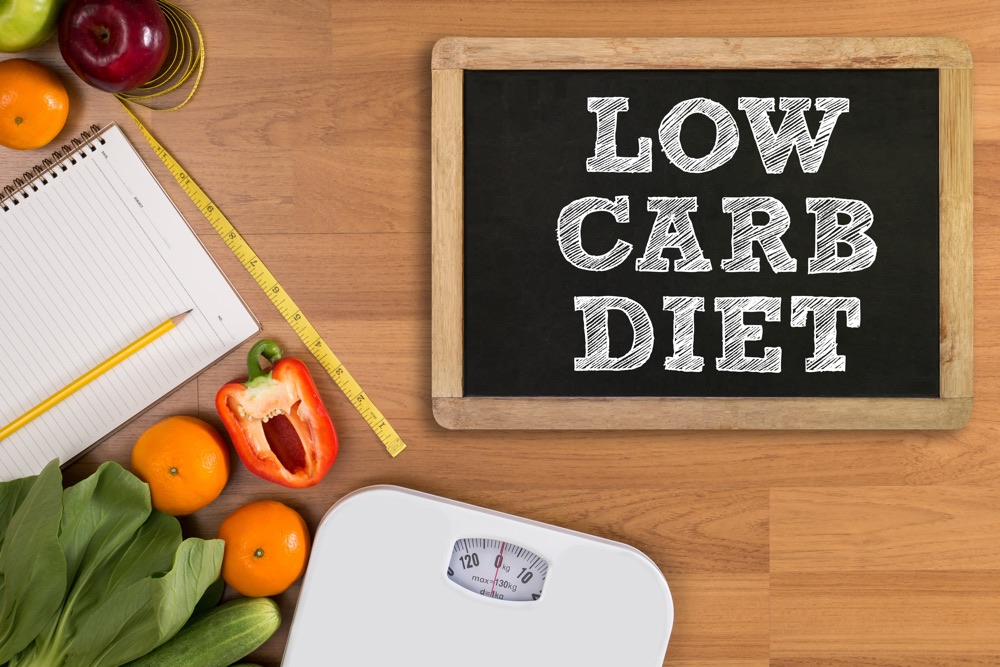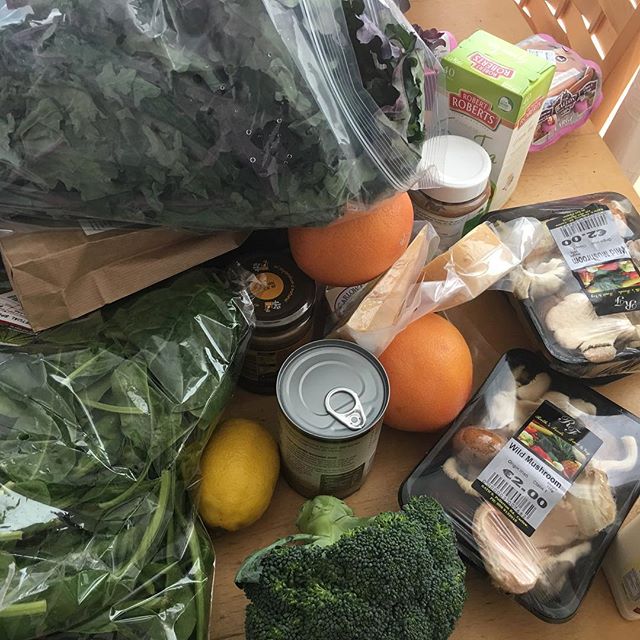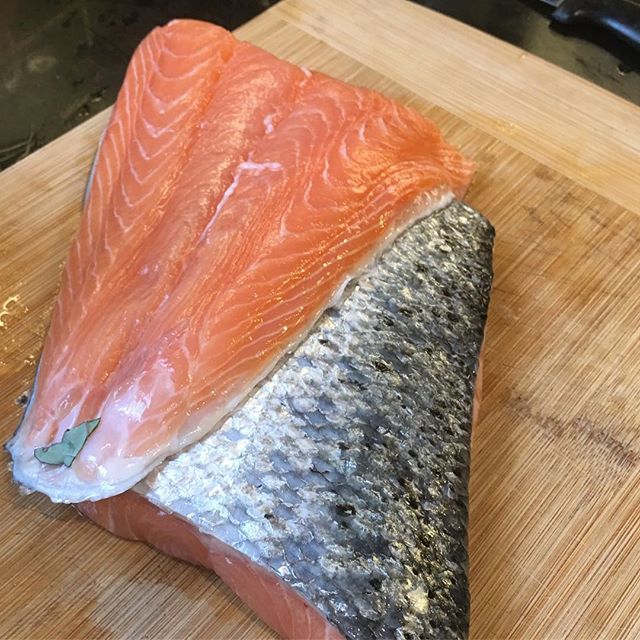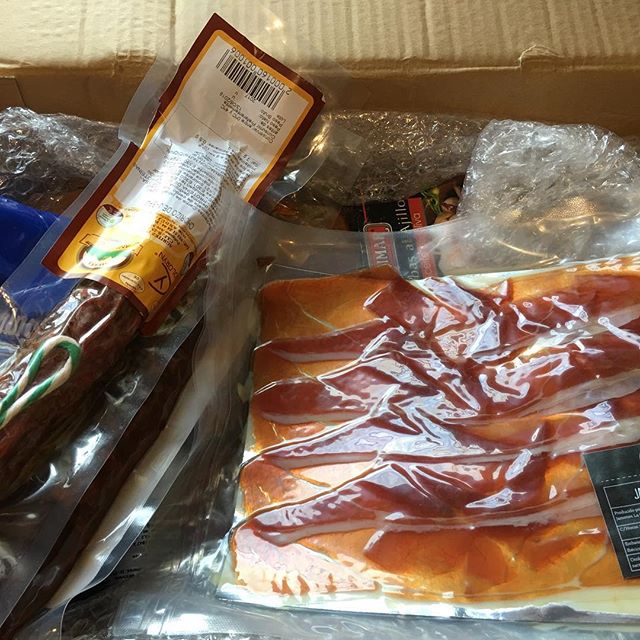While a ketogenic diet might focus primarily on keeping your carb count low you cannot avoid reality. If you eat thousands of calories every day you will not lose weight. In fact you’ll probably put on weight. So keeping an eye on the size of portions is important.
When I’m cooking at home I’m able to weigh whatever I’m eating so I can keep track of what I’m consuming.
However there are a variety of tools on the market that can help remove some of the guesswork, including portion control plates like this one:
It breaks the plate out into 3 sections protein, carbs (or in my case their replacements) and vegetables (greens).
If you need to use one of these plates you’re probably overweight like me, so a slightly blunter (and NSFW) approach might be more suitable – and if not suitable, at least amusing:
I’m not sure if this will really motivate you, but at least it puts a more tongue in cheek spin on dieting 🙂
You can get the profanity filled plates, along with a selection of other rather profane crockery here.
